25 Magnificent Natural Landscape Photography examples for your inspiration
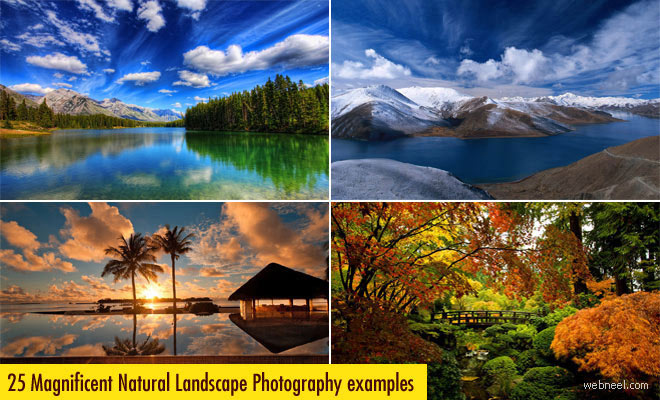
Landscape Composition Tips:
1. Remember rule of thirds: A basic tip to remember if you want to improve your composition skills. The human eye is generally drawn to a point one third of the way from the top, bottom, right or left of any image. Keep this in mind as you work on your composition. Read more about the Rule of Thirds.
2. Negative space is your friend: Don’t always try to fill the frame. Negative space can be used to your advantage. Remember, it is just as important as the main subject.
3. Embrace Geometry: Train your eyes to look for lines, patterns and shapes. They give structure to your picture and help highlight the three dimensional quality of your subjects. Lines lead the viewers’ eyes into or out of the picture. Find a subject for the center of attraction and then find lines that lead to it.
4. Frame within frame: Used effectively, foreground framing directs the viewer’s eye right to the subject. Look for frames of different shapes and sizes. They don’t always have to be windows and fences. They could be big trees as in this example.
5. Avoid horizon in the middle: Keep your horizon level and keep it out of the center of the picture. If the sky is more interesting pull the horizon down and if the land is more interesting push the horizon up.
6. Inject life to your picture: Try to place a living being in the picture. It shows dimension and emphasizes the scale of the frame to the viewer.
7. Merges breaks a picture: When lines of the horizon intersect with your subject it distracts the viewer and moves the attention away from your subject. It can spoil a great composition. Take some time move your frame up or down, left or right to avoid the horizon merge. In the example picture below, I took extra care not to make the horizon meet the edge of the barn.
8. Lonely subjects are striking: Single subjects like trees, barns, buildings, motorcycles almost always make for great compositions. I love pulling them into the frame. Here’s a small collection of such pictures from my archives that have a single tree in the frame.
9. Size Matters: Try to include a subject that would give the viewers a scale of the scene in the frame. Use people or objects that let viewers relate size in your composition.
10. Think before you click: As is the case for any type of photography, think before you click the shutter button. Make sure there are no unnecessary objects that would affect your composition. If possible move those objects or try to move yourselves to see if you can avoid them from your composition by moving yourselves.
2. Negative space is your friend: Don’t always try to fill the frame. Negative space can be used to your advantage. Remember, it is just as important as the main subject.
3. Embrace Geometry: Train your eyes to look for lines, patterns and shapes. They give structure to your picture and help highlight the three dimensional quality of your subjects. Lines lead the viewers’ eyes into or out of the picture. Find a subject for the center of attraction and then find lines that lead to it.
4. Frame within frame: Used effectively, foreground framing directs the viewer’s eye right to the subject. Look for frames of different shapes and sizes. They don’t always have to be windows and fences. They could be big trees as in this example.
5. Avoid horizon in the middle: Keep your horizon level and keep it out of the center of the picture. If the sky is more interesting pull the horizon down and if the land is more interesting push the horizon up.
6. Inject life to your picture: Try to place a living being in the picture. It shows dimension and emphasizes the scale of the frame to the viewer.
7. Merges breaks a picture: When lines of the horizon intersect with your subject it distracts the viewer and moves the attention away from your subject. It can spoil a great composition. Take some time move your frame up or down, left or right to avoid the horizon merge. In the example picture below, I took extra care not to make the horizon meet the edge of the barn.
8. Lonely subjects are striking: Single subjects like trees, barns, buildings, motorcycles almost always make for great compositions. I love pulling them into the frame. Here’s a small collection of such pictures from my archives that have a single tree in the frame.
9. Size Matters: Try to include a subject that would give the viewers a scale of the scene in the frame. Use people or objects that let viewers relate size in your composition.
10. Think before you click: As is the case for any type of photography, think before you click the shutter button. Make sure there are no unnecessary objects that would affect your composition. If possible move those objects or try to move yourselves to see if you can avoid them from your composition by moving yourselves.
Source: http://webneel.com/25-magnificent-natural-landscape-photography-examples-your-inspiration

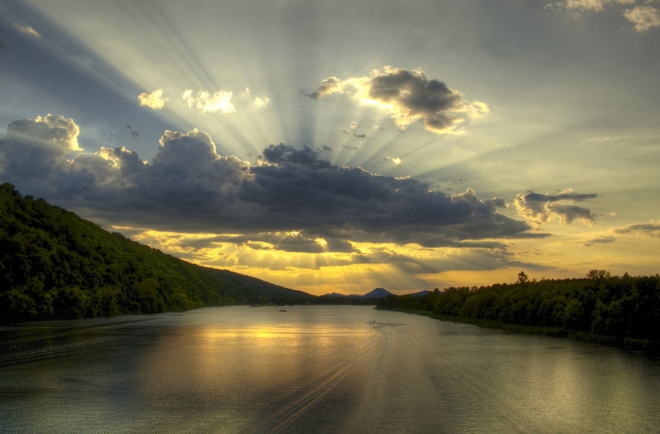

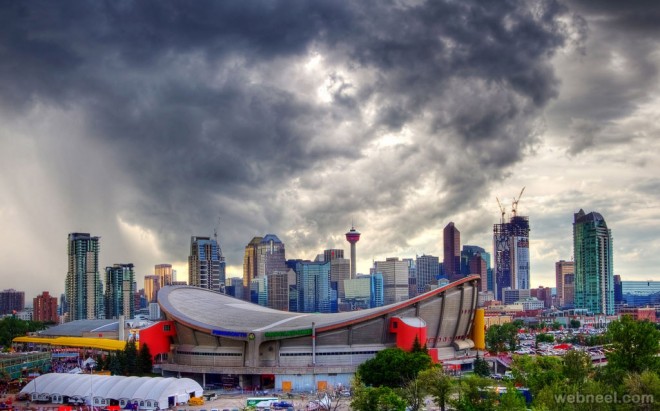
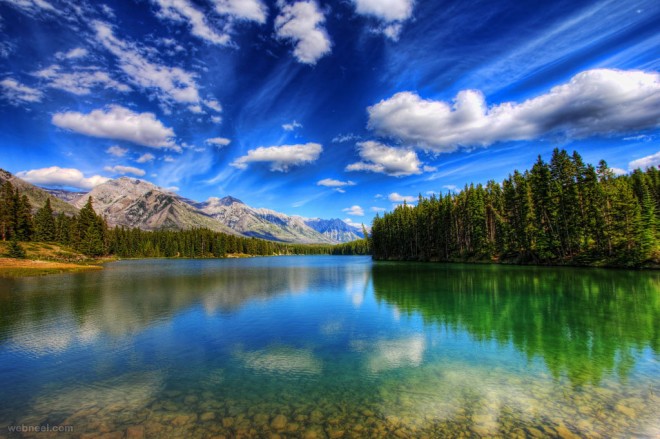
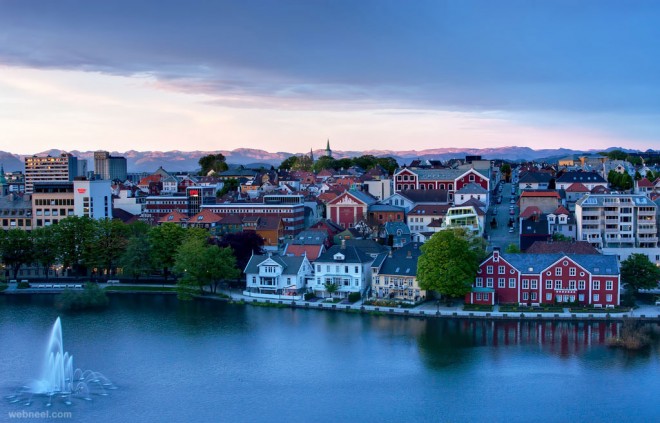

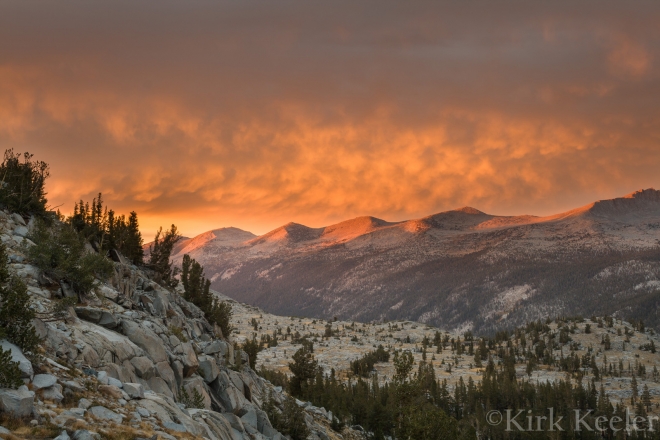
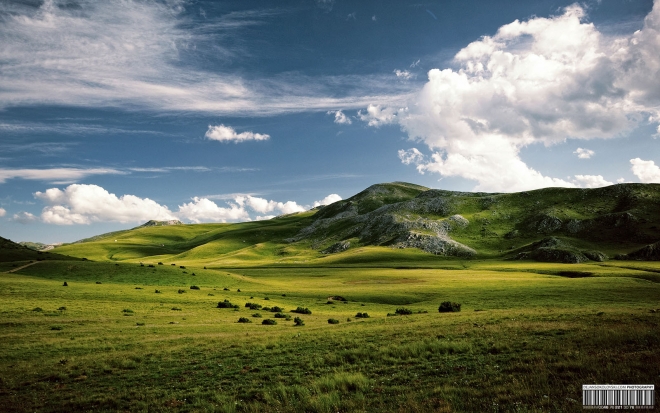
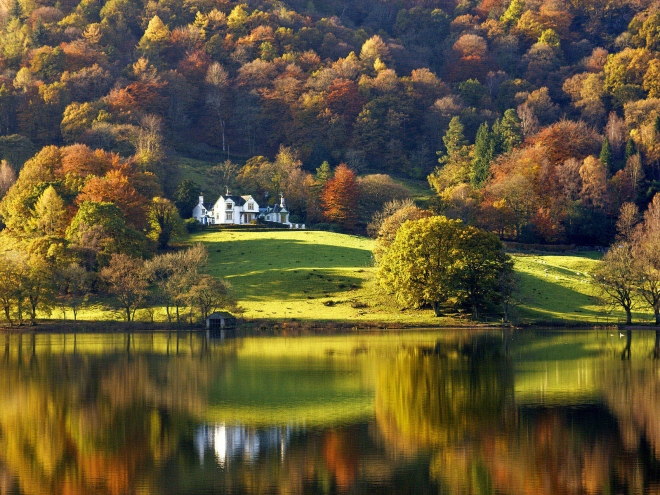
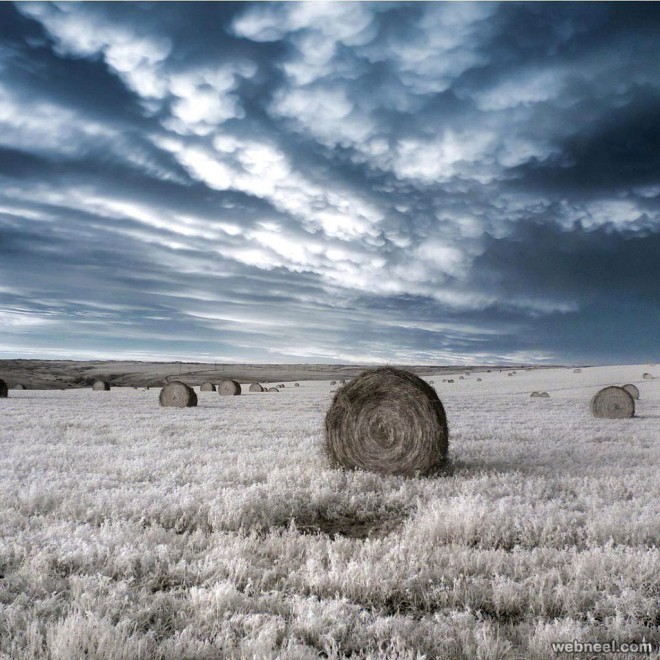
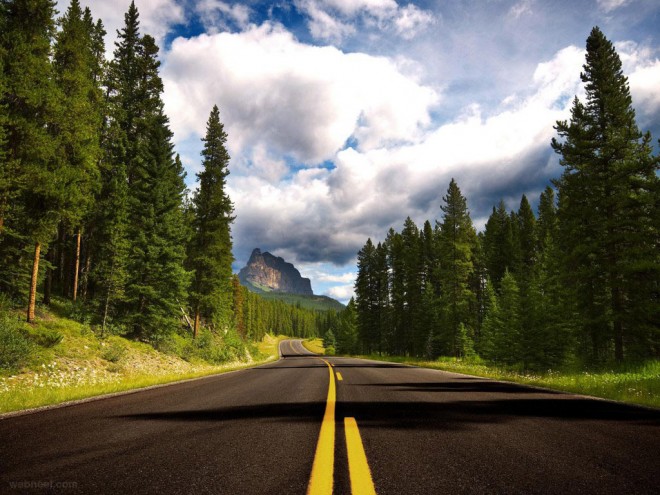
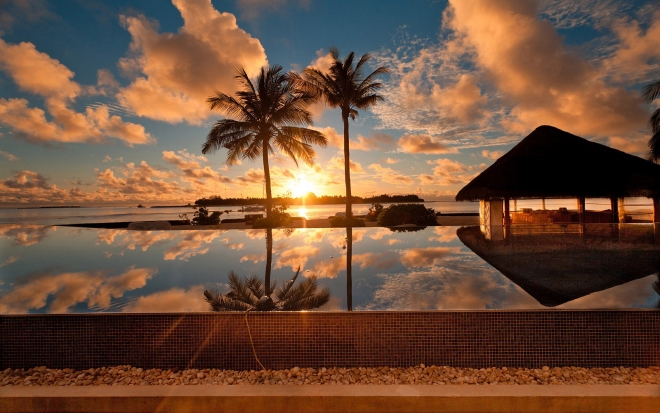
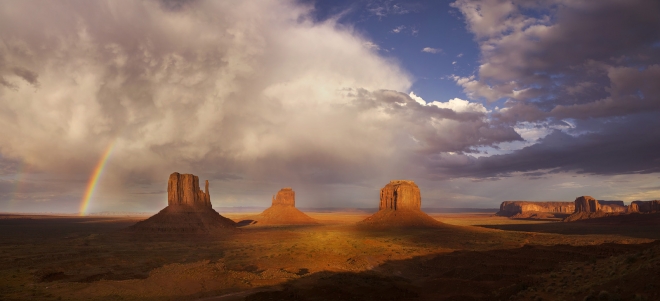
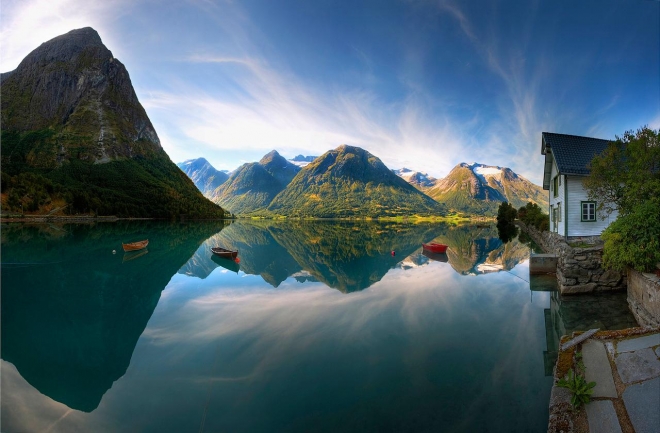
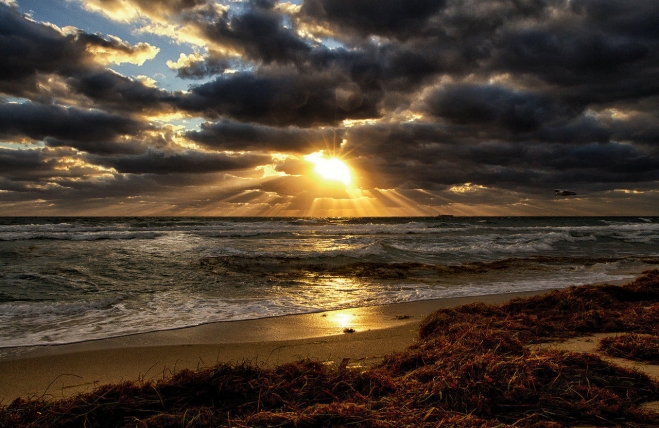
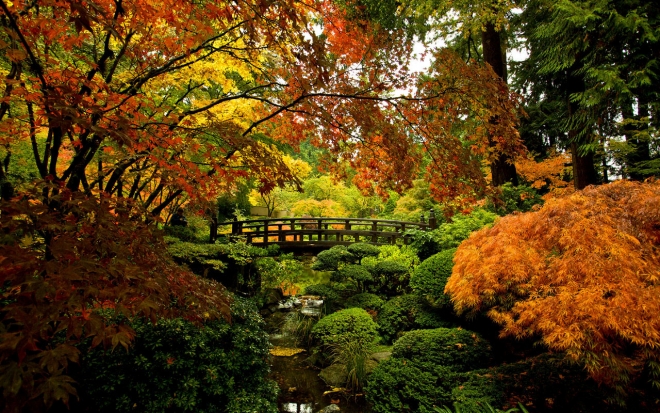

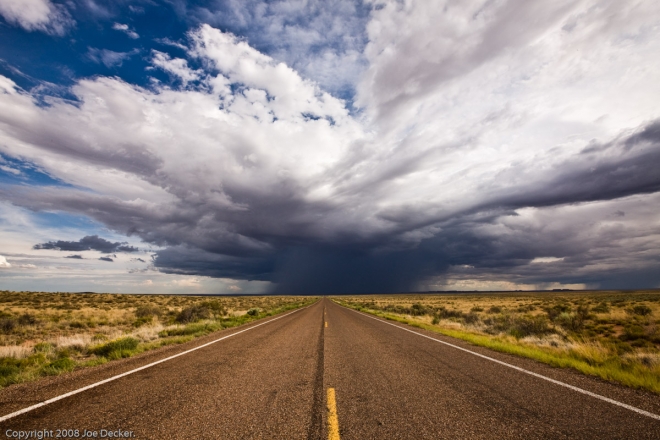
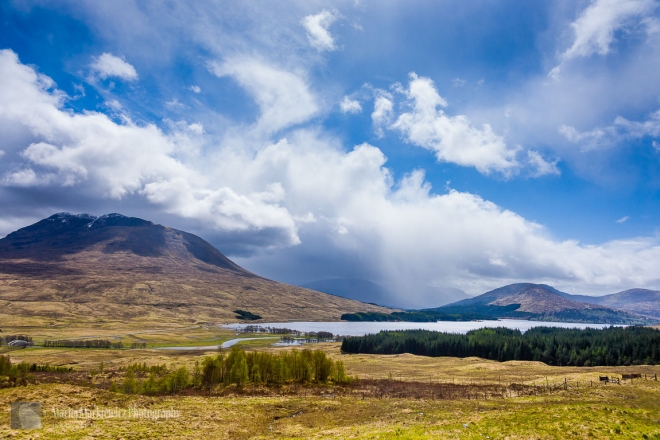

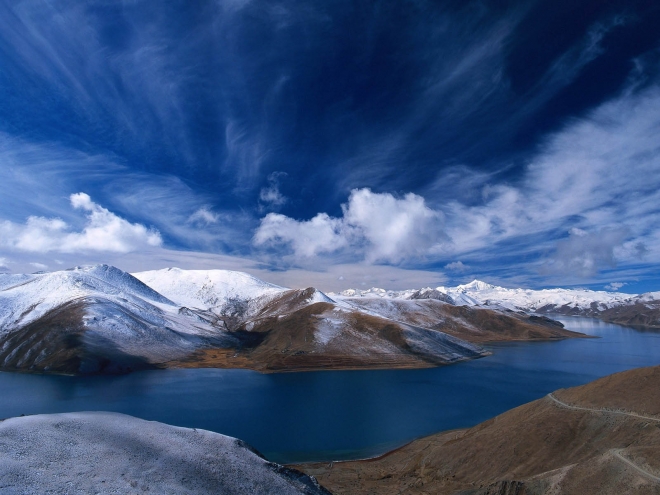
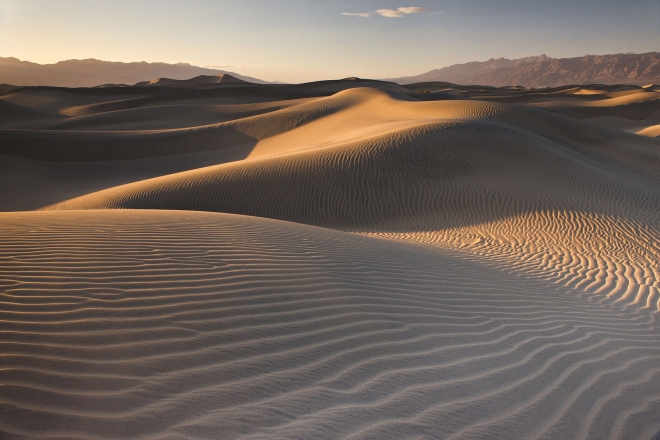
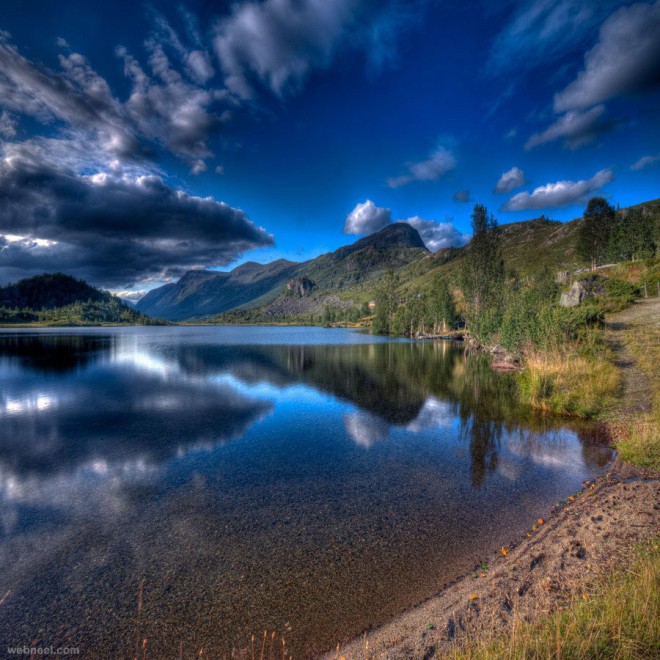

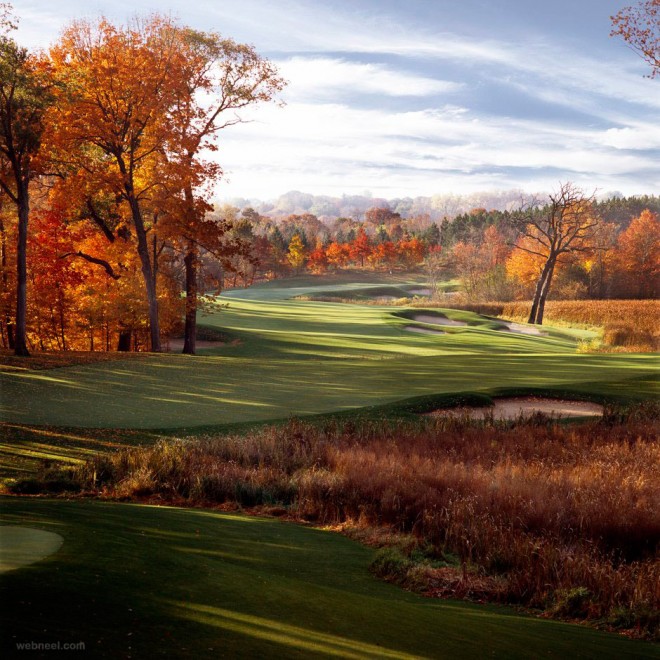
No hay comentarios:
Publicar un comentario